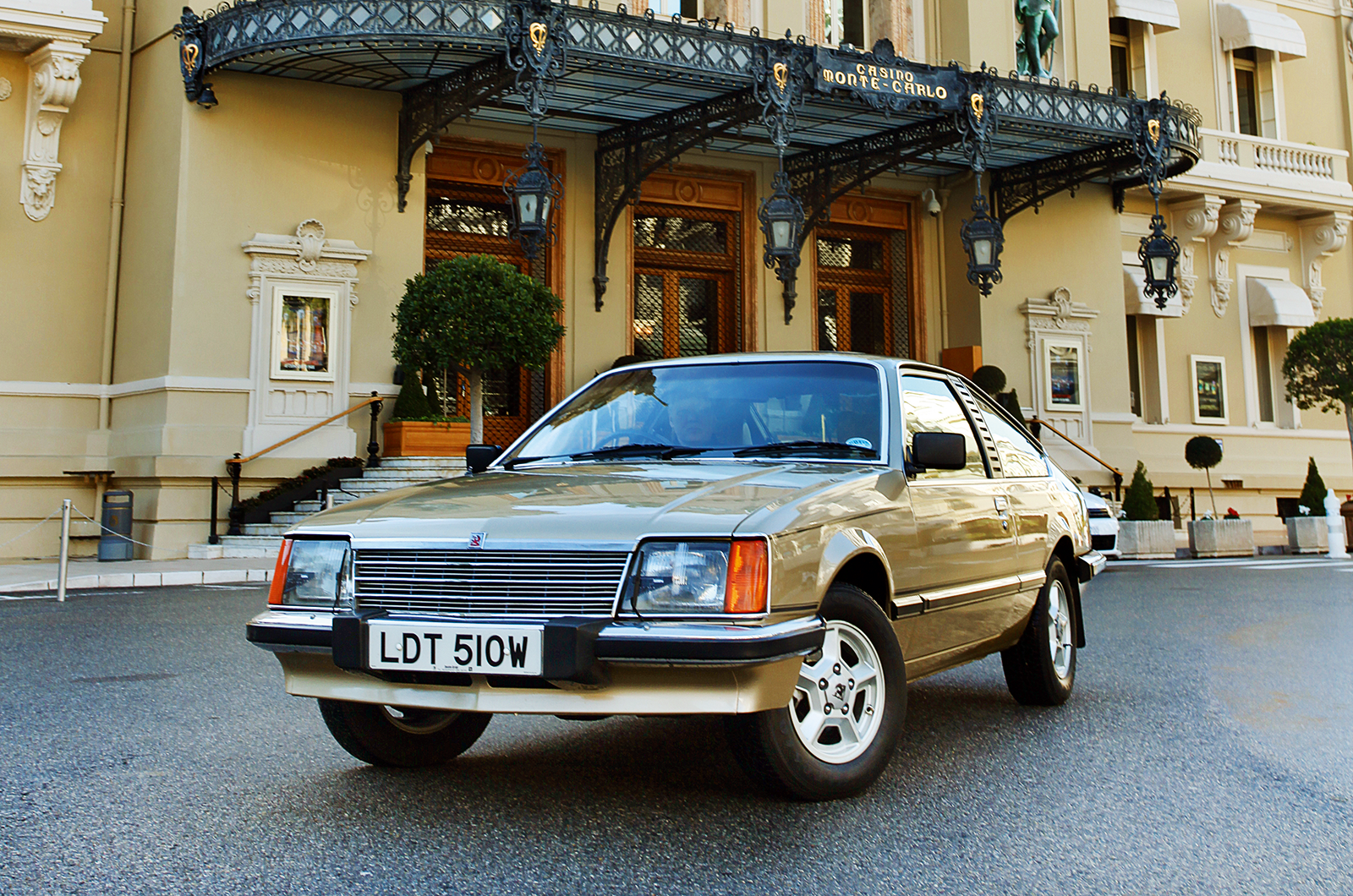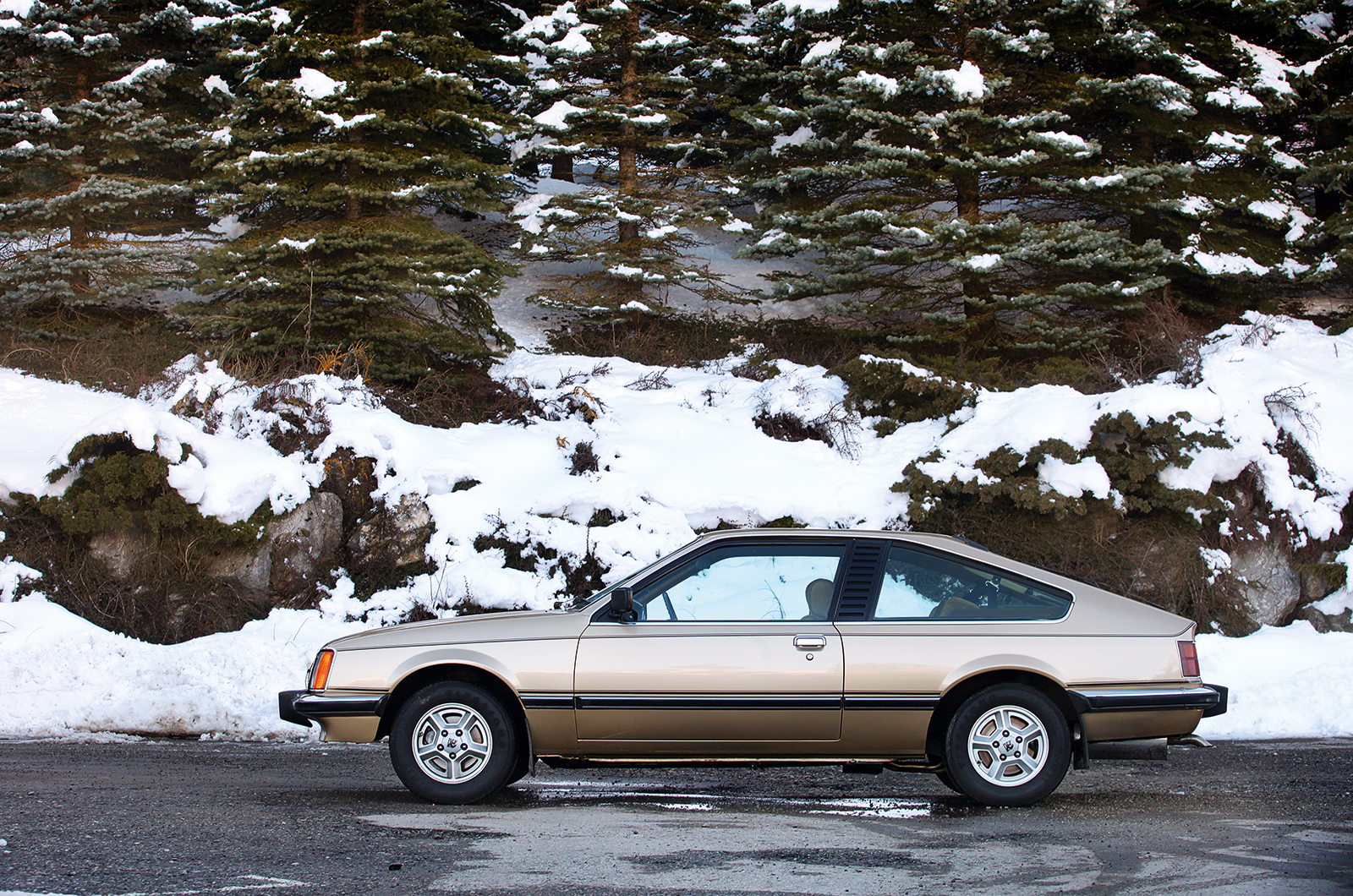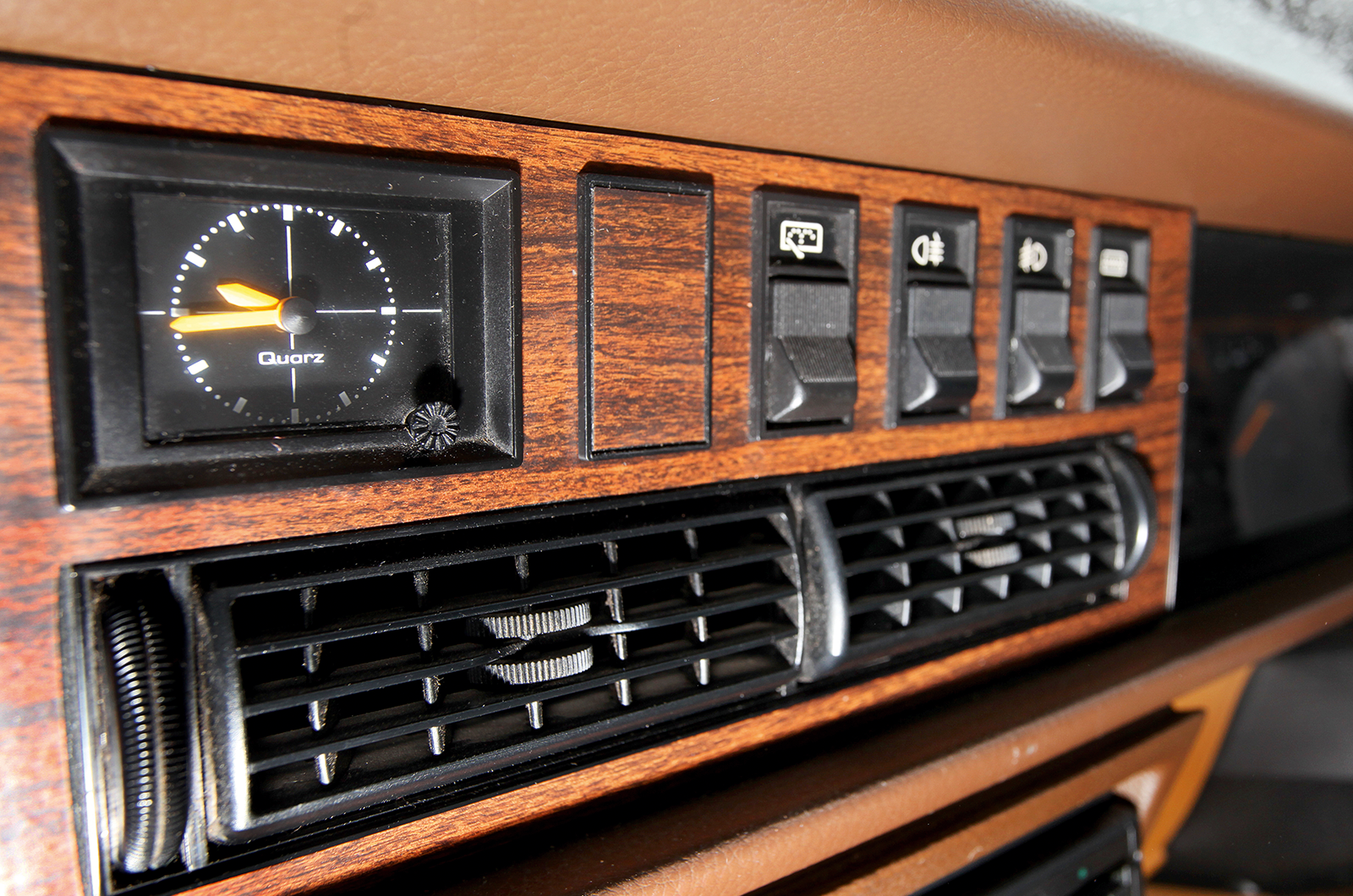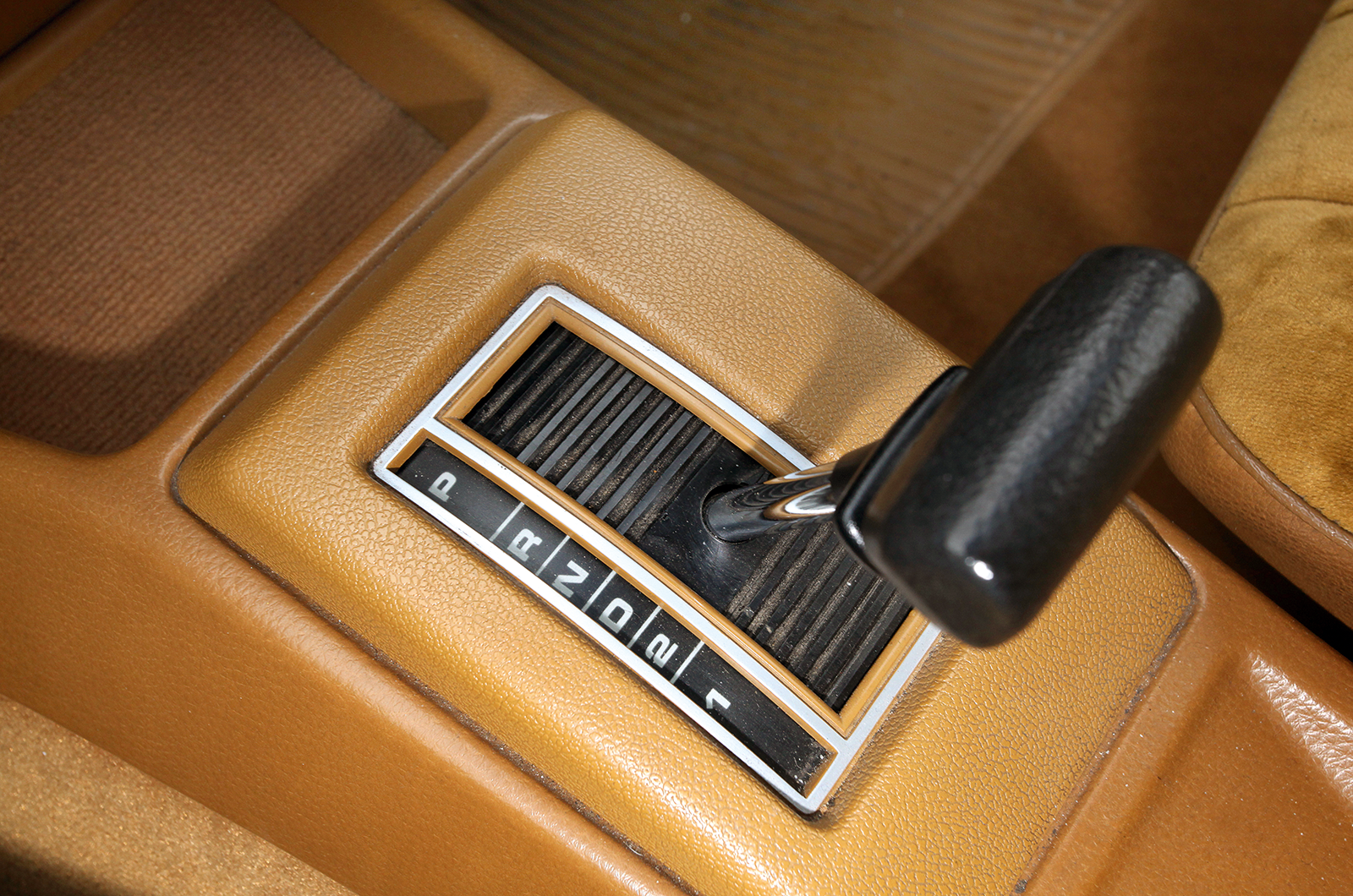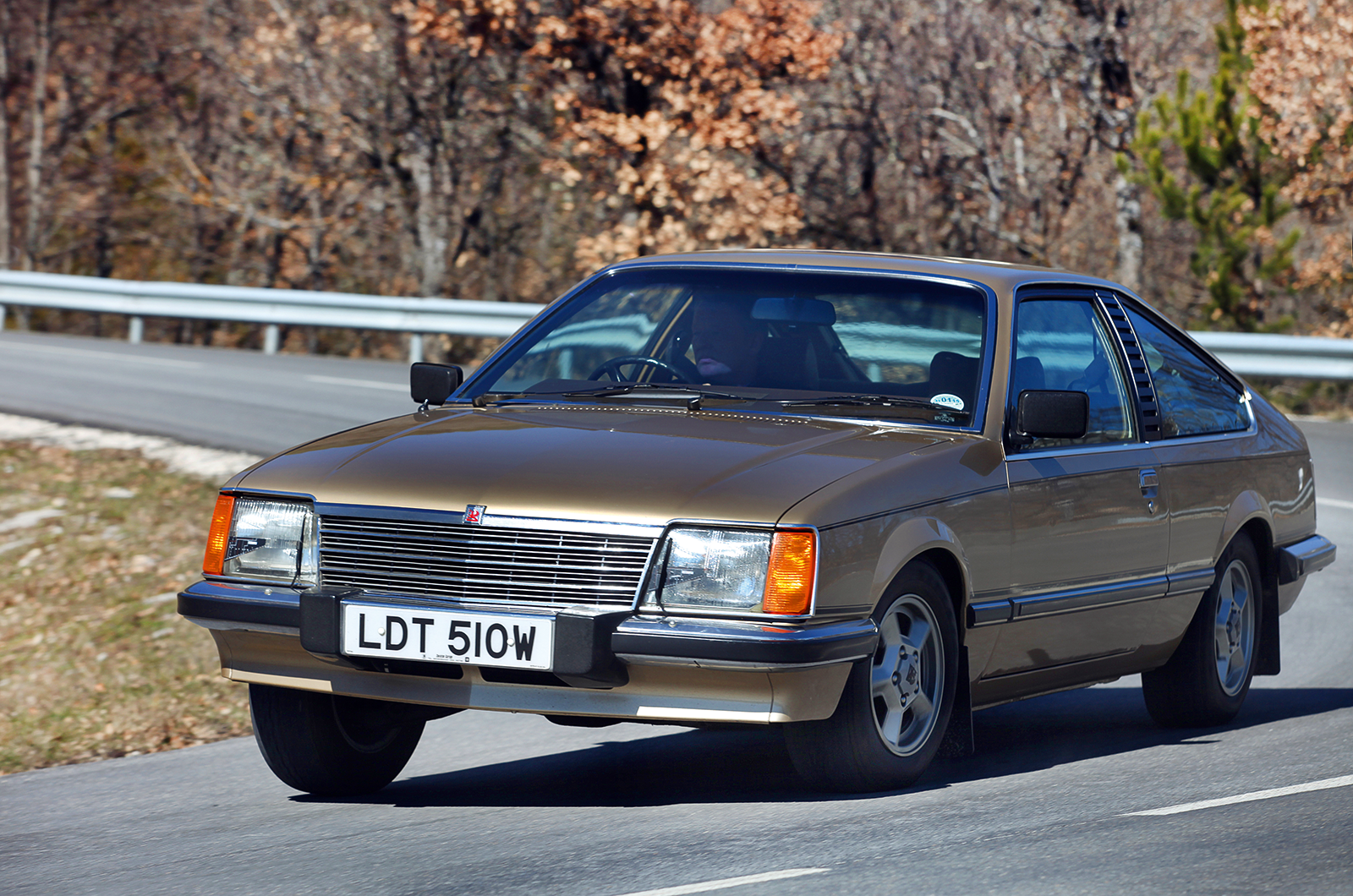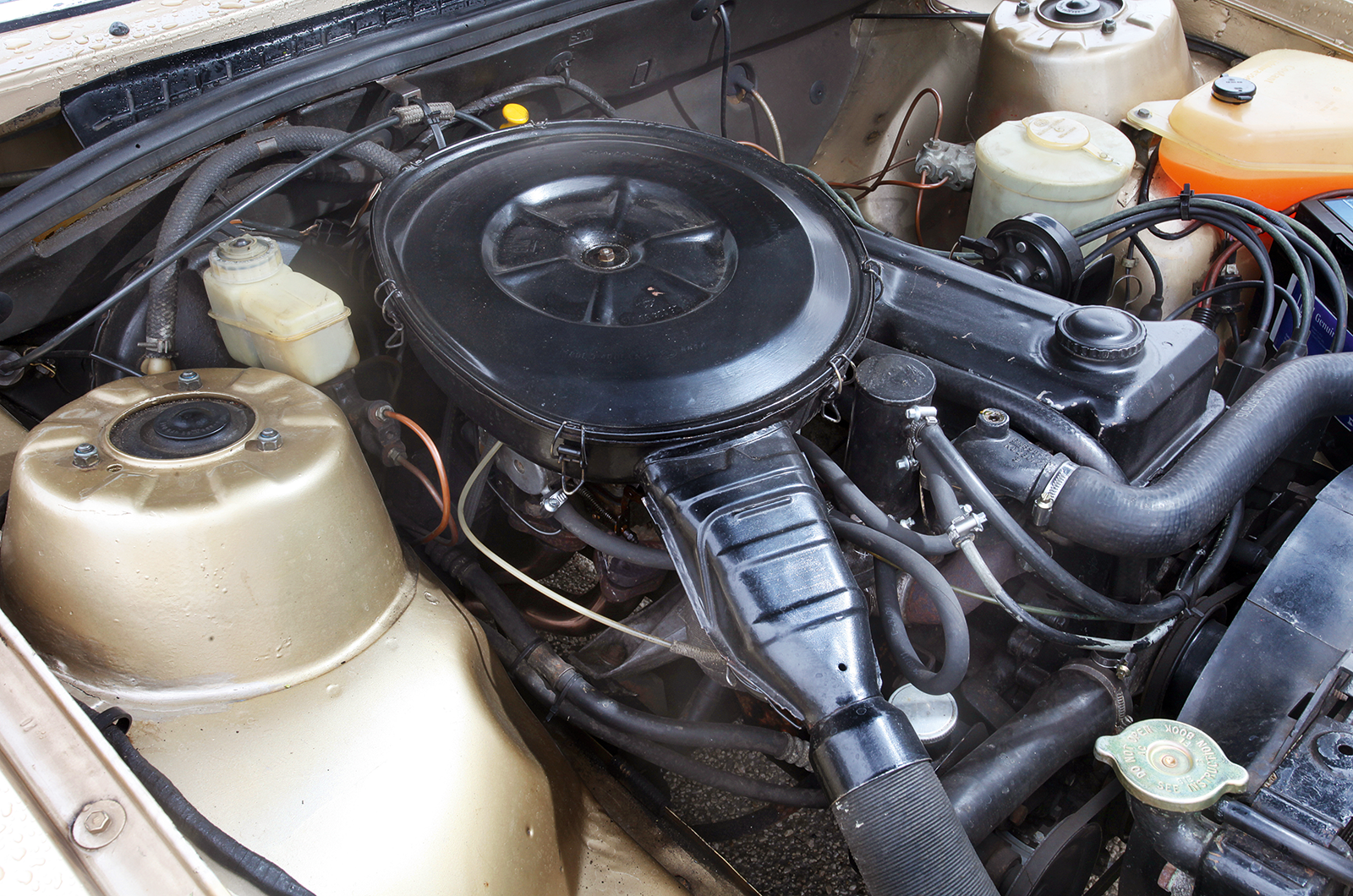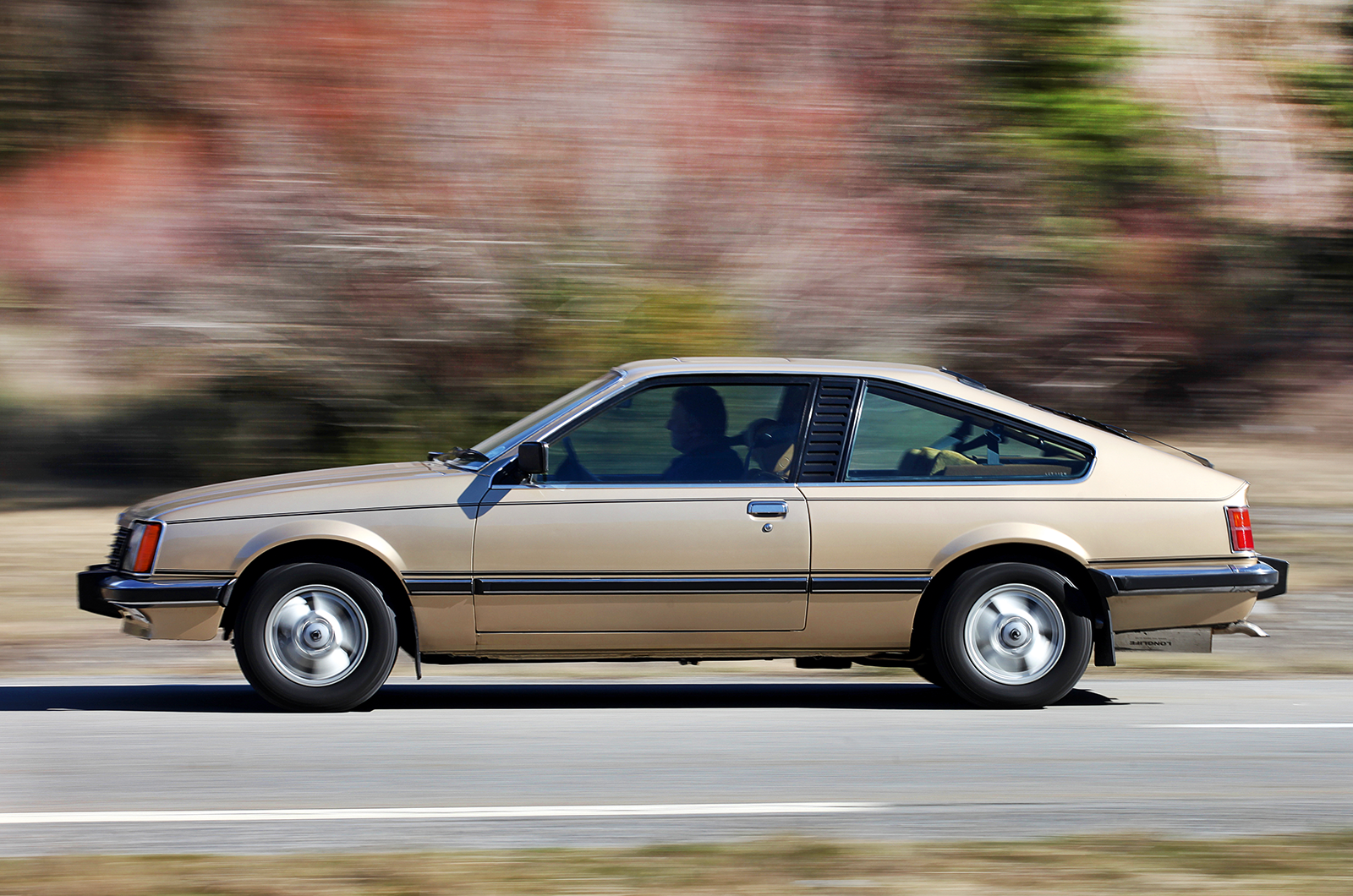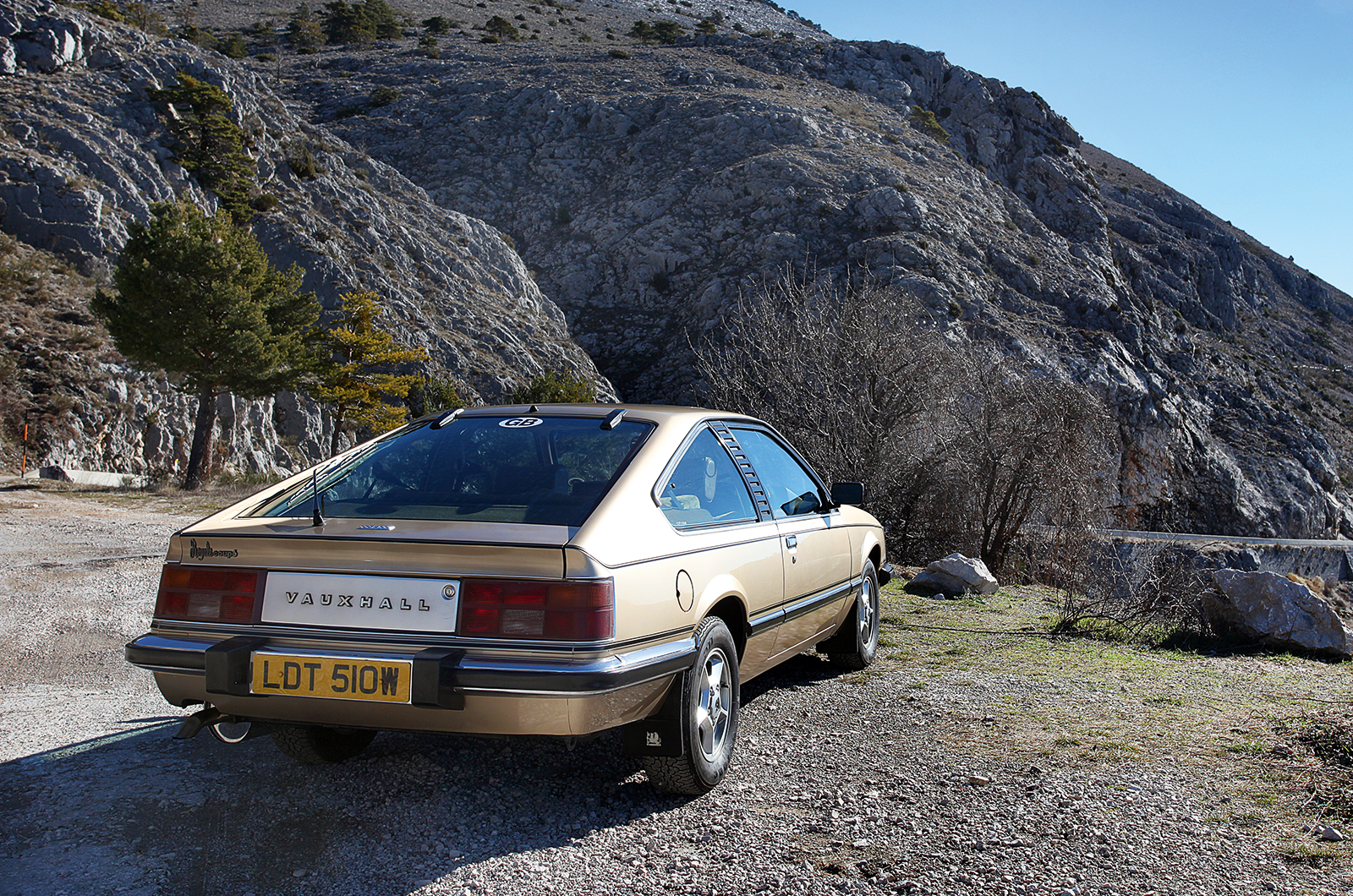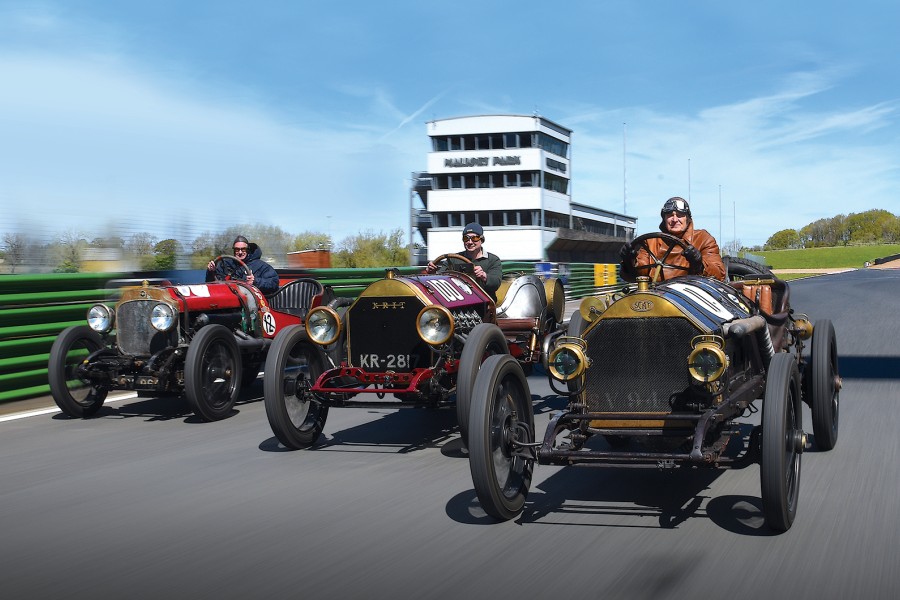
The assignment sounded simple and certainly not a chore: drive Vauxhall’s historic press fleet Royale Coupé from Monte-Carlo to Geneva, via Grenoble. Stay at the best hotels, eat like a king and drink the finest wines – all on us.
Yet somehow the circumstances didn’t fit the car. What would a Vauxhall Royale Coupé be doing in Monte-Carlo exactly? Let’s be kind and sideline the pub-landlord allusions for once. As I ease the gold Royale away from Casino Square, I can’t help feeling like the prosperous owner of a Blackpool amusement arcade on a fact-finding mission.

The Royale was a badge-engineered version of the Opel Senator
Perhaps my attitude sums up the social predicament in which this coupé found itself from the moment it was launched in 1978.
For better or worse, Vauxhall’s post-war big-car traditions were steeped in the two-dimensional luxobarge world of the Cresta and the Viscount, those soft, soggy saloons for the caravan-towing classes with an American style but a very British appeal. They had to look large and impressive, and sell to a kind of customer who had no dynamic expectations of them.

